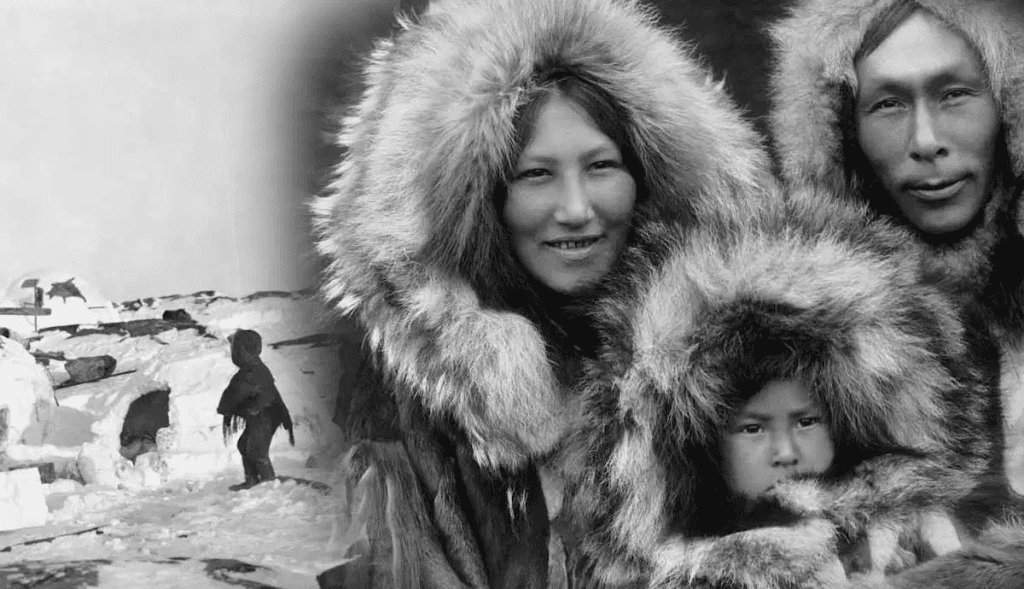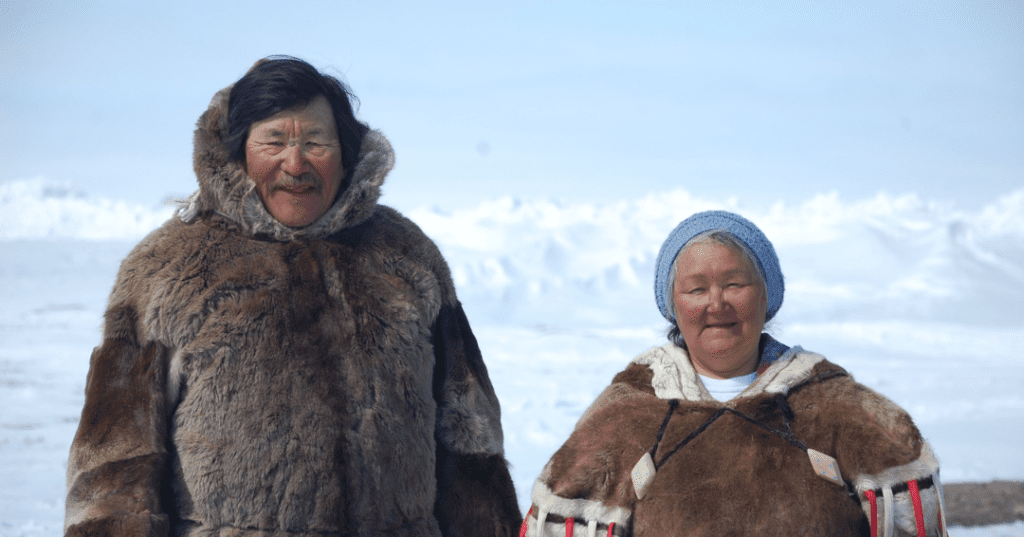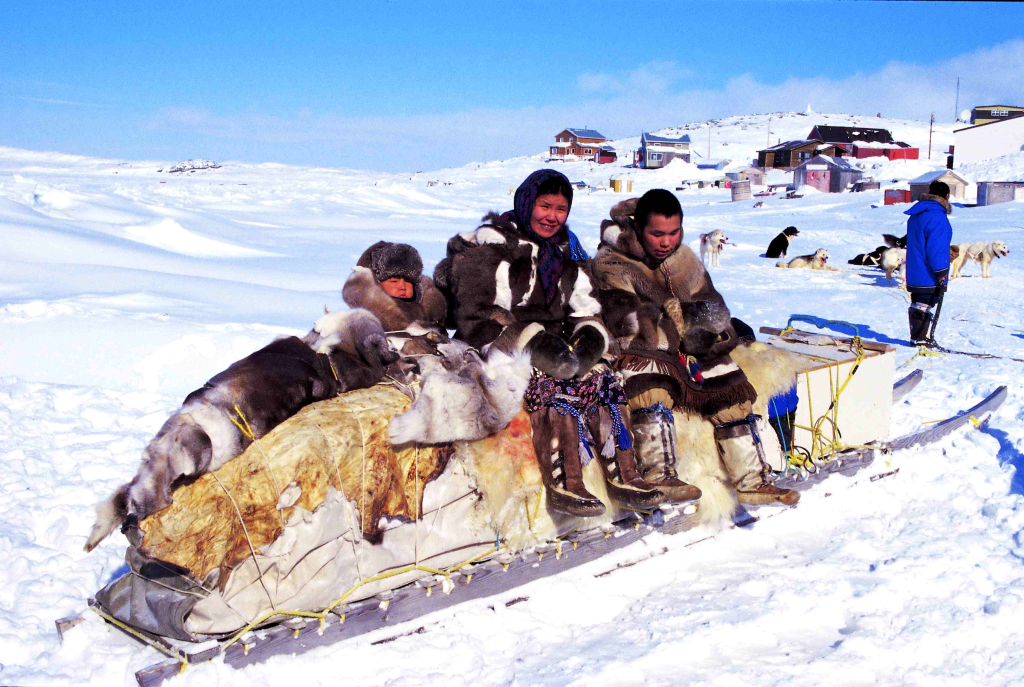For centuries, the Inughuit people also known as the Polar Eskimos survived in one of the harshest environments on the planet: the frozen northernmost edge of Greenland. Isolated by vast stretches of ice, they built their lives in near-total separation from the outside world, unaware that others even existed beyond the horizon. For generations, they believed they were the only humans on Earth.

A Life Shaped by Isolation
The Inughuit lived in a part of the Arctic so remote that contact with other Inuit groups ceased sometime around the 17th century, likely due to changing ice patterns and a decline in sea travel. Over time, this isolation had dramatic consequences. Without the ability to trade or share innovations, the Inughuit lost access to essential tools and technologies that their ancestors once used including kayaks, bows and arrows, and certain fishing methods.

Instead, they relied on harpoons, hand tools, and their unmatched ability to read the land, sea, and weather. Despite limited resources, they adapted ingeniously to the Arctic environment. They built sod houses, fashioned warm clothing from animal skins, and navigated dangerous sea ice to hunt seals and walrus. But their survival was always a delicate balance. In such a demanding ecosystem, the loss of key tools made life even harder.
Video:
Keeping the Inuit Way of Life Alive in a Changing World | Short Film Showcas
First Contact: The Europeans Arrive
In 1818, this remarkable isolation came to an end. British explorers, part of an expedition searching for the Northwest Passage, arrived in the high Arctic and encountered the Inughuit for the first time. To the Europeans, it was a historic meeting with an unknown people. To the Inughuit, it was a revelation they were not alone.
Though the meeting was peaceful, it was brief. The language barrier and cultural differences meant there was little immediate impact. But the idea had been planted: there was more to the world than the icy edge they called home.

Rediscovering Lost Knowledge
The turning point came in the 1860s, when Canadian Inuit from Baffin Island visited the Inughuit region. This encounter was life-changing not just culturally, but practically. The Baffin Inuit brought with them the knowledge of kayak-building, bow-making, and other hunting techniques that had been lost to the Inughuit over generations.
Video:
The Incredible Origins and History of the Inuit People
These weren’t strangers; they were distant relatives with shared ancestry, language roots, and cultural bonds. Through mutual exchange, the Inughuit regained lost traditions and reconnected with a broader Inuit identity. The reunion served as a powerful reminder of human resilience and the importance of shared knowledge in survival.
A Story of Survival and Reconnection
Today, the story of the Inughuit stands as one of the most extraordinary tales of endurance, adaptation, and rediscovery. They remind us that even in isolation, human communities find ways to survive. And when reconnection comes whether after decades or centuries it brings healing, growth, and renewed strength.
In the face of climate change and modernization, many Inughuit now balance traditional ways with contemporary life. But the spirit of their ancestors resourceful, resilient, and deeply rooted in the land still defines who they are.

Conclusion: Not Alone After All
For centuries, the Inughuit believed they were the last people on Earth. But their eventual reunion with the wider Inuit world didn’t just restore lost tools it rekindled a sense of belonging that had been frozen in time.
Their journey is a powerful testament to the human spirit’s ability to adapt, endure, and reconnect, even across the most unforgiving landscapes.


